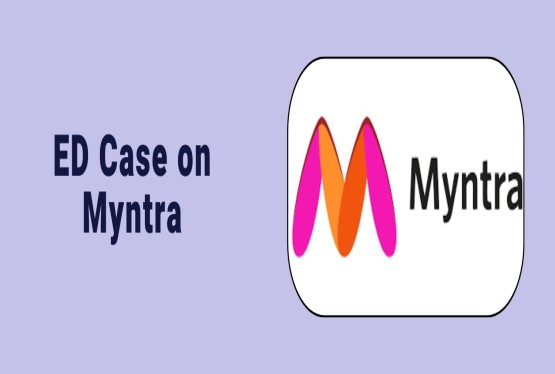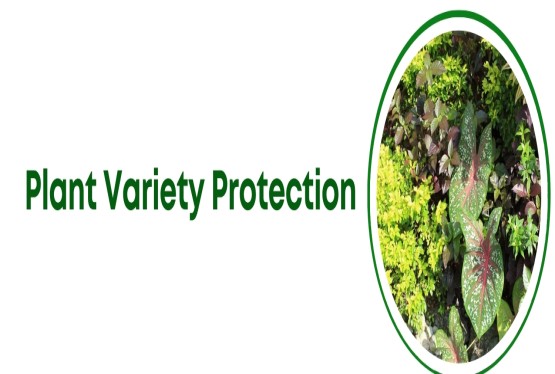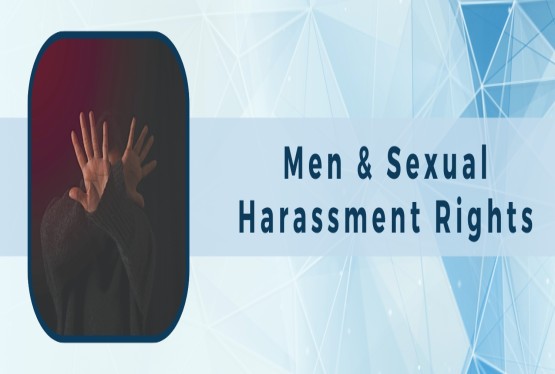Environmental clearance is an important regulatory process in India, required for various infrastructure and industrial projects that may significantly impact the environment. Governed by the Environment Impact Assessment (EIA) Notification, 2006, the clearance ensures that proposed projects are environmentally sustainable and align with national laws. This article presents an in-depth and overview of environmental clearance, its legal framework, processes, stakeholders, categories of projects, and compliance requirements.
What is Environmental Clearance?
Environmental clearance refers to the permission granted by regulatory authorities to initiate development activities that could have a potential environmental impact. It involves a systematic evaluation of the anticipated effects of a project on the surrounding environment and the measures proposed to mitigate adverse effects. The clearance is issued under the Environment (Protection) Act, 1986, and is a prerequisite for commencing construction or operations of designated projects.
The purpose of environmental clearance is to promote sustainable development by ensuring that environmental considerations are integrated into the decision-making process. This includes evaluating the ecological feasibility of a project, its social implications, and long-term sustainability. It is mandatory for both new projects and expansion of existing ones falling under specific categories mentioned in the EIA Notification.
Legal Framework and Governing Bodies
Environmental clearance in India is governed primarily by the Environment (Protection) Act, 1986, and the EIA Notification, 2006. These laws provide the legal foundation for assessing and regulating environmental risks associated with developmental projects.
The key governing bodies include:
-
Ministry of Environment, Forest and Climate Change (MoEF&CC): The central authority responsible for Category A projects and for issuing guidelines and policies.
-
State Environment Impact Assessment Authority (SEIAA): Handles Category B projects at the state level.
-
State Pollution Control Boards (SPCBs): Responsible for granting Consent to Establish and monitoring compliance.
-
Expert Appraisal Committees (EACs) and State Expert Appraisal Committees (SEACs): Review applications, evaluate the Environmental Impact Assessment (EIA) reports, and recommend approval or rejection.
Which Projects Require Environmental Clearance?
The EIA Notification includes a Schedule listing over 39 categories of projects that require prior environmental clearance. These include large-scale projects such as:
-
Mining and mineral extraction
-
Thermal and nuclear power plants
-
Ports, harbours, and airports
-
Infrastructure projects like highways, expressways, and townships
-
Manufacturing and chemical processing units
Apart from new projects, the clearance requirement also applies to:
-
Expansion or modernization of existing units exceeding prescribed limits
-
Changes in product mix of existing manufacturing facilities
Projects are divided into Category A and B, based on their potential environmental impact. Category A projects are cleared by MoEF&CC, while Category B projects fall under the jurisdiction of SEIAA.
Classification of Projects: Category A and B
Projects under the EIA Notification are divided into two categories:
Category A Projects
These are large-scale or high-impact projects like oil refineries, cement plants, and large hydroelectric projects. They require clearance from the central government, i.e., MoEF&CC.
Category B Projects
These are relatively smaller projects. They are evaluated and cleared by SEIAA. Category B is further sub-categorised into:
-
B1 Projects: Require a full EIA report and public consultation.
-
B2 Projects: Do not require an EIA report or public hearing, depending on the project’s nature.
Steps Involved in Environmental Clearance Process
The environmental clearance process is complete and includes multiple stages:
Step 1: Site Identification and Screening
The project proponent begins by identifying a suitable location that complies with siting guidelines. If the initial location does not conform, alternatives must be explored. The proponent then determines whether the project falls under the schedule of the EIA Notification.
For Category B projects, a screening process by the SEAC determines if an EIA report is required. Projects are classified as B1 or B2 accordingly. All Category A projects automatically require an EIA report.
Step 2: Scoping and Terms of Reference (ToR)
Once it is determined that an EIA is required, the next step involves scoping. This means defining the extent and content of the EIA study. ToRs are issued by EAC (for Category A) or SEAC (for Category B1) within 60 days of submission through the Parivesh portal. If delayed, the applicant's proposed ToRs are considered final.
At this stage, authorities can also reject the application, citing reasons.
Step 3: Preparation of EIA Report and Public Hearing
An EIA report is prepared based on the ToR. It outlines the potential environmental effects of the proposed project, mitigation strategies, and environmental management plans (EMP).
A public hearing is organized by the SPCB within 45 days. This allows local residents and stakeholders to express concerns or provide suggestions. Their responses are documented and may lead to modifications in the EIA report.
The District Collector heads the hearing committee, which includes officials from SPCB, Forest Department, local governing bodies, and senior citizens.
Step 4: Submission and Appraisal
The revised EIA report, along with the public hearing minutes and other documents, is submitted for final appraisal by the competent authority. The EAC/SEAC scrutinizes all submissions, may conduct site inspections, and consult experts. Their recommendation for approval or rejection is forwarded to MoEF&CC or SEIAA.
This appraisal must be completed within 60 days. The decision to grant or deny clearance is communicated within 105 days from the date of final submission.
Can Environmental Clearance be Transferred?
Yes, environmental clearance can be transferred from one legal entity to another during its validity. The transferee must meet the eligibility criteria to undertake the project. The original holder must submit a no-objection or written consent. The transfer must be approved by MoEF&CC or SEIAA, depending on the category. The new holder must comply with all original terms and conditions of the clearance.
Can Environmental Clearance Be Challenged?
Yes, the grant or denial of environmental clearance can be appealed before the National Green Tribunal (NGT) under Section 16(h) of the National Green Tribunal Act, 2010. Any person, including residents and environmental groups, can file such appeals. Grounds often include procedural flaws, inadequate impact assessment, or improper public consultation.
Can a Project Start Without Environmental Clearance?
No. Projects cannot begin construction or operation before receiving environmental clearance. Only activities such as securing the land are allowed. All preparatory and construction activities must wait until the clearance is formally granted.
Is Retrospective Environmental Clearance Allowed?
Currently, retrospective or ex-post facto environmental clearance is not permitted. Earlier, a window was briefly opened via a MoEF&CC notification in July 2017, but it expired in April 2018. Post that, MoEF&CC issued an SOP in July 2021 and an Office Memorandum in January 2022, introducing penalties for such violations. However, both have been stayed by the Supreme Court.
Monitoring Compliance with Environmental Clearance
Authorities like MoEF&CC and SPCBs monitor compliance through:
-
Six-monthly compliance reports submitted by the project proponent detailing adherence to conditions.
-
Site inspections by officials to verify on-ground implementation.
-
Public grievance redressal through complaints and follow-ups.
Role of Public Participation in Environmental Clearance
Public participation ensures that affected communities have a voice. Introduced formally in 1997, public hearings are mandatory for most projects. However, challenges persist in implementation, including inadequate awareness and politicization of the process.
Ideally, consultation should start from the project’s conceptual stage and continue throughout. Currently, hearings occur late in the process, limiting their effectiveness. Recent EIA amendments even allow exemption from hearings in certain cases, weakening public involvement.
Validity and Renewal of Environmental Clearance
Environmental clearance is typically valid for 5 to 30 years depending on the type of project. To renew, a fresh application in Form 1 and Form 1A must be submitted with updated project and environmental data. SEIAA or MoEF&CC reviews the renewal application, often requiring an updated EIA report and public consultation.
Documents Required for Environmental Clearance
To obtain clearance, the following documents are essential:
-
Environmental Impact Assessment (EIA) Report
-
Terms of Reference (ToR)
-
Environmental Management Plan (EMP)
-
Project details, including capacity and location
-
Site maps and layout plans
-
Public hearing minutes and grievance responses
-
Consent to Establish from SPCB
-
Risk analysis and mitigation strategies
These documents help assess the potential impact and determine whether the project meets legal and environmental norms.
How to Apply for Environmental Clearance?
Applications are filed online through the PARIVESH portal managed by MoEF&CC. This single-window system simplifies the submission and tracking of applications. Project proponents must upload all required documents, engage consultants if necessary, and maintain communication with the relevant authorities.
Sectors That Mandatorily Require Environmental Clearance
Some sectors that must obtain environmental clearance include:
-
Mining and extraction: Quarrying, open-cast mining, sand mining, etc.
-
Manufacturing and processing: Pulp, rubber, petroleum, sugarcane processing, etc.
-
Infrastructure and construction: Highways, townships, power plants, and SEZs
Conclusion
Environmental clearance in India is not just a procedural formality, it is an essential tool for achieving sustainable development. It ensures that ecological concerns are addressed before development activities begin. From mining to infrastructure to industrial manufacturing, the requirement for environmental clearance acts as a safeguard against environmental degradation. By knowing about the process, preparing comprehensive documentation, and engaging stakeholders meaningfully, project proponents can direct the environmental clearance framework effectively. Compliance not only ensures legal legitimacy but also promotes long-term ecological balance and public trust.
If you have any queries or need assistance, you can book a consultation with Compliance Calendar experts through mail at info@ccoffice.in or Call/Whatsapp at +91 9988424211.
FAQs
Q1. What is Environmental Clearance and why is it required in India?
Ans. Environmental Clearance (EC) is a regulatory approval granted by the government that allows a project to proceed after evaluating its potential environmental impacts. It is required to ensure that proposed activities, especially large-scale industrial, mining, or infrastructure projects, do not harm the environment. It helps integrate environmental considerations into project planning and is mandatory for over 39 categories of projects listed in the EIA Notification, 2006.
Q2. Which authority is responsible for granting Environmental Clearance in India?
Ans. The responsibility to grant EC depends on the category of the project. For high-impact Category A projects, the Ministry of Environment, Forest and Climate Change (MoEF&CC) at the central level issues the clearance. For Category B projects, the State Environment Impact Assessment Authority (SEIAA) of the respective state grants the clearance, based on appraisal by the State Expert Appraisal Committee (SEAC).
Q3. What are the main stages involved in the Environmental Clearance process?
Ans. The EC process involves four main stages:\n
-
Screening and Scoping – Determines whether an EIA report is required and defines the scope of the assessment.\n
-
Preparation of the EIA Report and Public Hearing – Impact analysis is conducted, and public consultations are held.\n
-
Appraisal by Expert Committee – The EIA report and other submissions are reviewed by EAC or SEAC.\n
-
Grant or Rejection of EC – The final decision is taken based on the appraisal and public feedback.
Q4. Can a project start construction work while the Environmental Clearance is still under review?
Ans. No, project construction or operational work cannot begin until the Environmental Clearance is granted. Only land acquisition or securing the site is permitted prior to receiving EC. Any construction or preparatory work before obtaining EC is considered a violation and may attract penalties or legal action under the Environment (Protection) Act, 1986.
Q5. What is the role of a public hearing in the Environmental Clearance process?
Ans. A public hearing is a vital part of the EC process. It allows local residents, stakeholders, and civil society organizations to raise concerns or objections about the environmental impact of the proposed project. Conducted by the State Pollution Control Board, the feedback from the hearing is considered while finalizing the EIA report and during project appraisal. It enhances transparency and ensures that the community's voice is heard in developmental decisions.
Q6. How long is an Environmental Clearance valid, and can it be renewed?
Ans. The validity of EC depends on the type of project and is usually between 5 to 30 years. To continue operations beyond this period, project proponents must apply for renewal by submitting updated environmental data, a fresh EIA report (if required), and Form 1/Form 1A through the PARIVESH portal. The renewal application is reviewed by SEIAA or MoEF&CC depending on the project category.
Q7. Can the Environmental Clearance be transferred from one company to another?
Ans. Yes, EC can be transferred to another legal entity during its validity period. The new entity must be qualified to undertake the project. The original holder of the EC must provide written consent or a no-objection certificate. The transfer request must be approved by the concerned authority—MoEF&CC for Category A and SEIAA for Category B projects. All original terms and conditions of the EC will continue to apply to the new entity.












































































_crop10_thumb.jpg)







_Rules,_2025_learn_crop10_thumb.jpg)








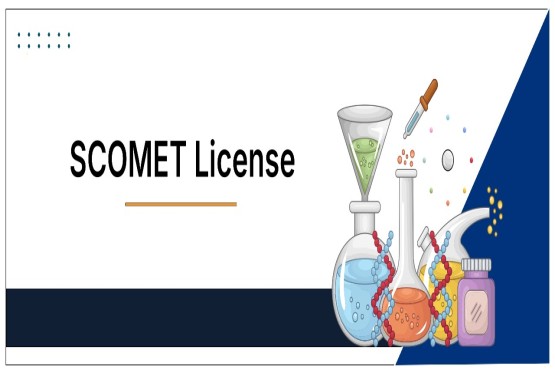



























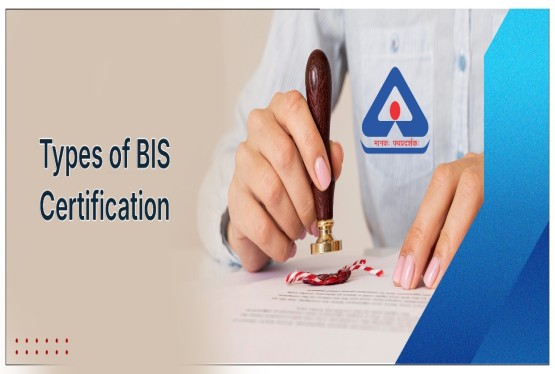

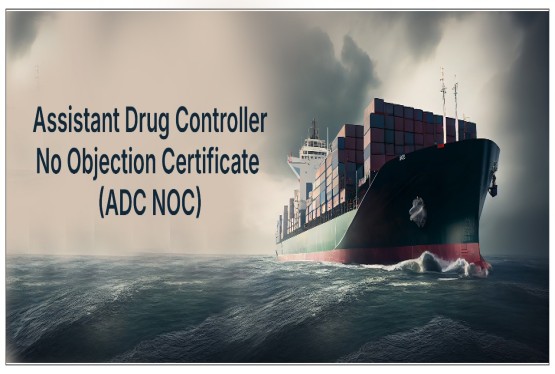






















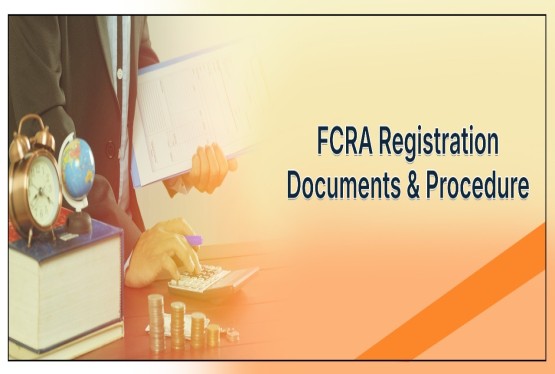


























_crop10_thumb.jpg)








 in BIS FMCS_learn_crop10_thumb.jpg)










_crop10_thumb.jpg)














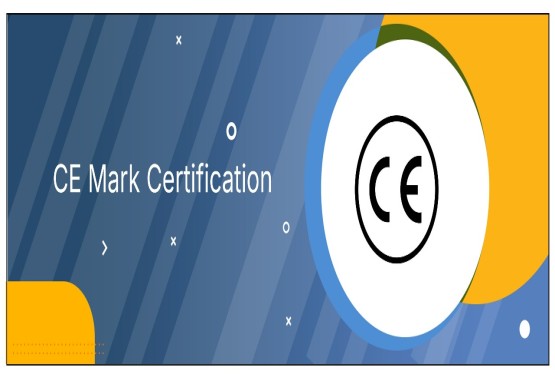
_crop10_thumb.jpg)





_Code C-888_learn_crop10_thumb.jpeg)
_learn_crop10_thumb.jpg)

































































_Certificate_learn_crop10_thumb.jpg)
_Certificate_(1)_crop10_thumb.jpg)

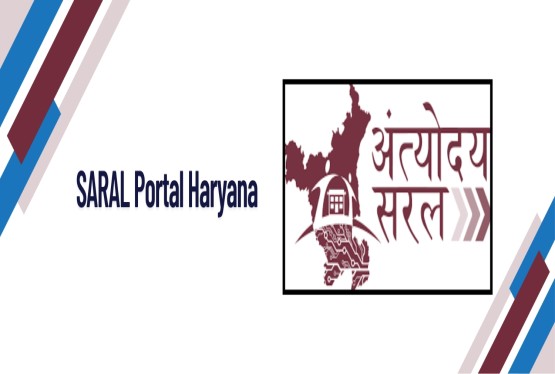




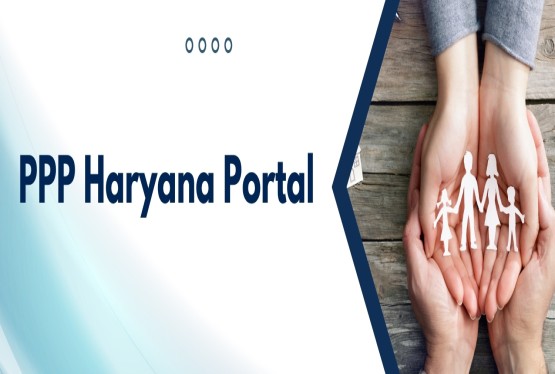








_learn_crop10_thumb.jpg)

_crop10_thumb.jpg)


















_Scheme_learn_crop10_thumb.jpg)


_learn_crop10_thumb.jpg)

